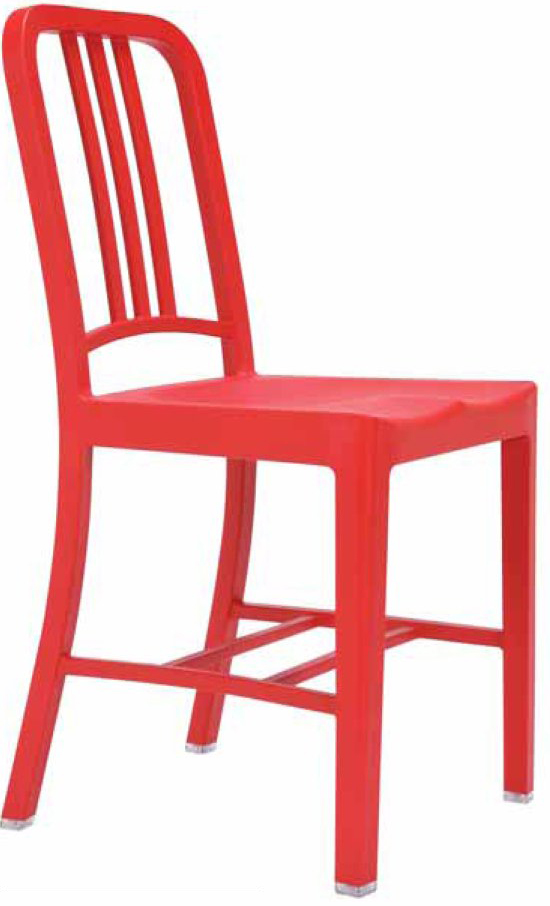PET (Polyethylene Terephthalate, aka Polythene)
From carpets to cosmetics, PET is everywhere. Clear and tough, it is one of the standard materials for hundreds of types of products. Part of the polyester family, which also includes PBT and PETG, it is crystal clear and impervious to water and CO2, which makes it ideal for packaging fizzy drinks. In these applications it is often extruded with other materials to form material sandwiches to increase its properties, for example in packaging beer, where oxygen scavenging layers are used in between the PET to stop oxygen getting in or out.
Since the early 1970s, when the first PET bottle was patented, there have been other developments, including the use of a green colouring system that borrows the concept of chlorophyll from nature and is introduced to the material to act as a UV light blocker, which increases the longevity of the contents. This is an improvement on the use of the traditional brown colour, which obscures the contents and has connotations with medicine bottles. The chair shown here was a collaboration between Coca-Cola and Emeco and was made from 111 recycled PET bottles.
Image: 111 NAVY® chair by Coca-Cola and Emeco

Key features
•Excellent chemical resistance
•Excellent dimensional stability
•Tough and durable
•Inexpensive
•Excellent clarity
•Good impact strength
•Recyclable
Sources
Widely available from multiple global suppliers in both virgin and recycled forms.
Cost
£1.30 ($2) per kg.
Sustainability issues
In terms of the material, PETs represent one of the biggest areas of recycling, with the bottles being re-melted to make carpets, fibres, video cassette tape and as a filler for pillows and clothes: five two-litre PET bottles can yield enough fibrefill to make a ski jacket. PET is identified by the number 1 in the recycling symbol.
Production
As with other thermoplastics, PET can be injection moulded, extruded and, as the number of bottles demonstrates, blow moulded. It can also be calendered into sheets.
Typical applications
Apart from food, drinks, household cleaning products and cosmetic packaging, other applications for PET include display and decorative film, credit cards, clothing and even car body panels and ten-pin bowling balls.
Derivatives
–One of the most recent innovations in PET is from Sidel who have produced NoBottleTM, a 500 ml bottle weighing 25-40% less than a conventional bottle.
–Mylar® and Melinex®
| + | – |
|
–Low cost –Tough and durable –Versatile –Excellent stability –Resistant to chemicals –Recyclable |
–Can suffer from negative associations of cheapness –Not readily biodegradable |
